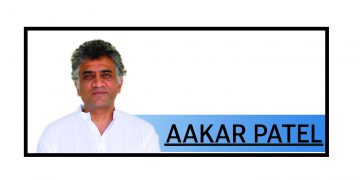New Delhi: India has 19 judges per 10 lakh people on an average, according to a Law Ministry data which also states that the judiciary faces a combined shortage of over 6,000 judges, including over 5,000 in the lower courts alone.
According to the data, part of a document prepared in March this year for discussion in Parliament, the judge-population ratio is 19.49 per million (10 lakh) people.
The document states that while the subordinate courts have a shortage of 5748 judicial officers, the 24 high courts face 406 vacancies.
The working strength of the lower judiciary is 16,726 while the approved strength is much higher at 22,474.
In the case of high courts, the approved strength is 1079, the actual strength is 673.
The Supreme Court, with a sanctioned strength of 31 judges, has six vacancies.
Thus, the total number of vacancies in the SC, the HCs and the lower courts come to 6160 judges.
The debate on the judge-population ratio was re-ignited by then Chief Justice of India T S Thakur in April, 2016 when in the presence of the Prime Minister, he had lamented the governments “inaction” in increasing the number of judges from the present 21,000 to 40,000 to handle the “avalanche” of litigations, saying, “You cannot shift the entire burden on the judiciary”.
He had said “nothing has moved” since 1987 when the Law Commission had recommended increase in the number of judges from 10 judges per 10 lakh people to 50.
But later the government had pointed out that in the 245th report, the Law Commission had observed that filing of cases per capita varies substantially across geographic units as filings are associated with economic and social conditions of population.
The Commission had, according to the government, found that in the absence of complete and scientific approach to data collection across various high courts, the rate of disposal method to calculate the number of additional judges required to clear the backlog as well as to ensure that the new backlog is not created, is more pragmatic and useful.
Recently, Law Minister Ravi Shankar Prasad had urged chief justices of the 24 high courts to speed up recruitment of judicial officers for the lower judiciary as one of the reasons for high pendency is lack of judges.
He had urged the chief justices to hold timely examination and interviews to recruit judges for lower courts.
In his August 14 letter, Prasad pointed out that there were a total of 2,76,74,499 cases pending in the district and subordinate courts of the country.
“One of the underlying reasons behind the high pendency is sometimes the inordinate delay in filling up the vacancies of judicial officers,” he wrote in the almost identical letters.






































